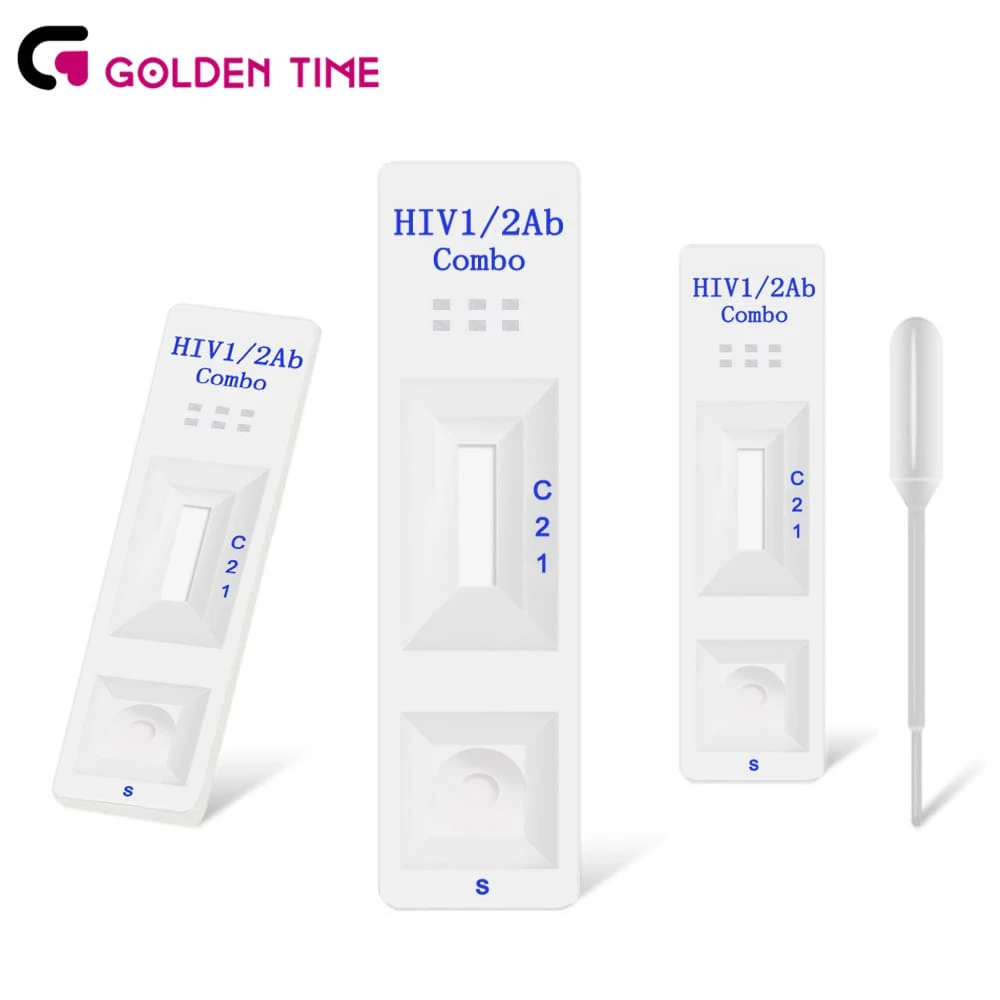Dec . 01, 2024 16:15 Back to list
Analysis of Urine Test Strips for Health Monitoring and Diagnosis
Understanding Urine Sample Strips A Guide to Their Use and Importance
Urine sample strips are essential tools used in medical diagnostics and home health monitoring. They are designed to analyze various components in urine, providing valuable insights into a person's health status. These strips are widely used for detecting conditions such as diabetes, urinary tract infections, liver diseases, and kidney disorders.
What Are Urine Sample Strips?
Urine sample strips, often referred to as dipsticks, consist of a plastic strip with multiple reactive pads that change color when they come into contact with specific substances in urine. Each pad is designed to react with a particular analyte, such as glucose, protein, ketones, bilirubin, or nitrites. The most common urine test strips contain around 8 to 11 pads, each corresponding to different substances.
How Do They Work?
The operation of urine sample strips is simple and efficient. To perform a test, the user dips the strip into a fresh urine sample, ensuring that the pads are thoroughly moistened. After a few seconds, the strip is removed and placed on a flat surface to allow for accurate reading. The user then compares the color changes on the pads with a provided color chart, which indicates the presence and concentration of different substances.
Key Components Analyzed
1. Glucose The presence of glucose in urine can indicate diabetes or kidney issues. Normally, the kidneys reabsorb glucose, and it should not be found in significant quantities in urine.
2. Protein Protein is usually absent or present in very small amounts in healthy urine. Elevated levels can suggest kidney problems or urinary tract infections.
urine sample strips

4. Bilirubin This substance is a byproduct of red blood cell breakdown. It is typically processed by the liver, and its presence in urine can signify liver disease or bile duct obstruction.
5. Nitrites Certain bacteria convert nitrates to nitrites, and their presence in urine can indicate a urinary tract infection.
6. pH and Specific Gravity These provide additional information about the urine's acidity and concentration, which can aid in diagnosing various health conditions.
Benefits of Using Urine Sample Strips
The advantages of urine sample strips are numerous. They are relatively inexpensive, easy to use, and provide quick results. Many healthcare providers recommend them for preliminary screenings, enabling timely intervention when necessary. Additionally, patients can use these strips at home to monitor chronic conditions, such as diabetes, making it easier to manage their health proactively.
Limitations to Consider
While urine sample strips are beneficial, they have limitations. They offer qualitative results but may not provide precise quantitative measures. False positives or negatives can occur due to interference from medications, food, or hydration status. Therefore, it is crucial to follow up on any abnormal results with a healthcare professional who can perform more comprehensive testing.
Conclusion
In summary, urine sample strips are valuable diagnostic tools that play a crucial role in healthcare. Their simplicity, efficiency, and ability to provide immediate insights into an individual’s health make them a popular choice for both medical professionals and patients. However, it is important to understand their limitations and use them as a part of a broader health assessment strategy. Regular monitoring and consultations with healthcare providers can lead to better health outcomes and early detection of potential health issues.
-
Reliable Early Pregnancy Test Kit Supplier - Multi Plastic Cassette Options
NewsJul.30,2025
-
Transferrin Rapid Test Cassette – Reliable Tumor Marker Detection
NewsJul.29,2025
-
Accurate Follicle Stimulating Hormone Test Kit | Rapid Reliable Results
NewsJul.29,2025
-
High Accuracy LH Ovulation Test Kit - Digital Results & Wholesale Options
NewsJul.29,2025
-
HbsAg Blood Rapid Test Kit for Fast & Accurate Hepatitis B Detection
NewsJul.28,2025
-
Sterile Urine Cup for Safe & Easy Collection | High-Quality Specimen Cups
NewsJul.28,2025

